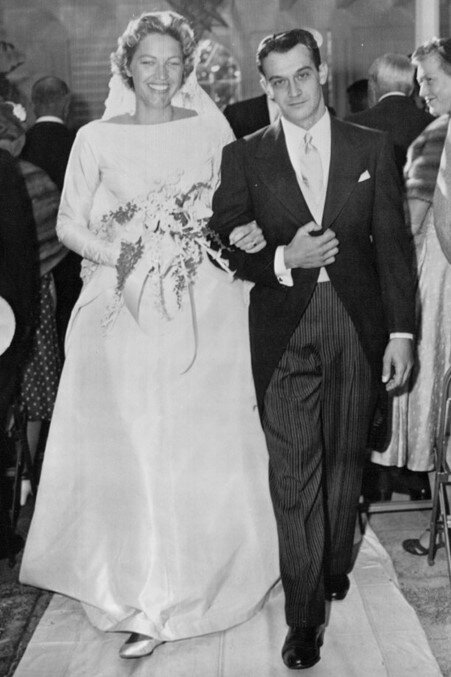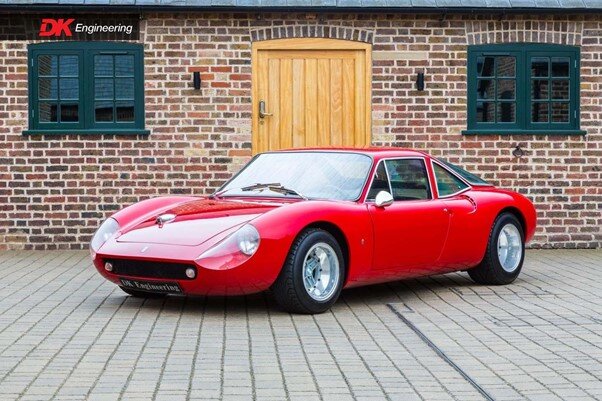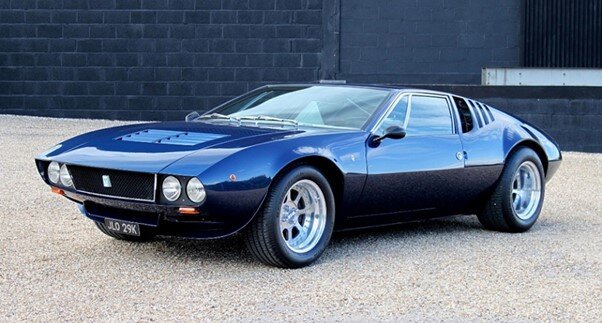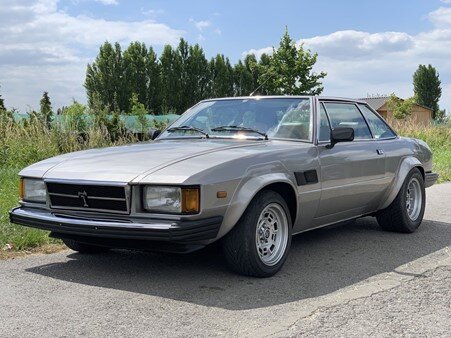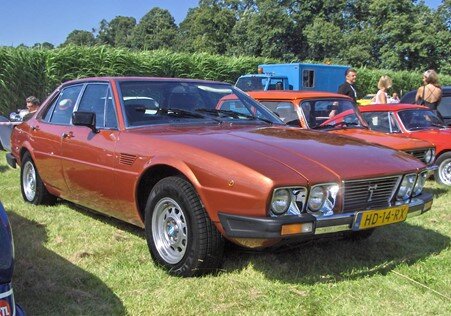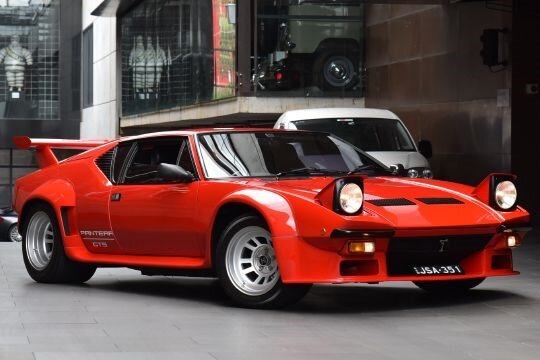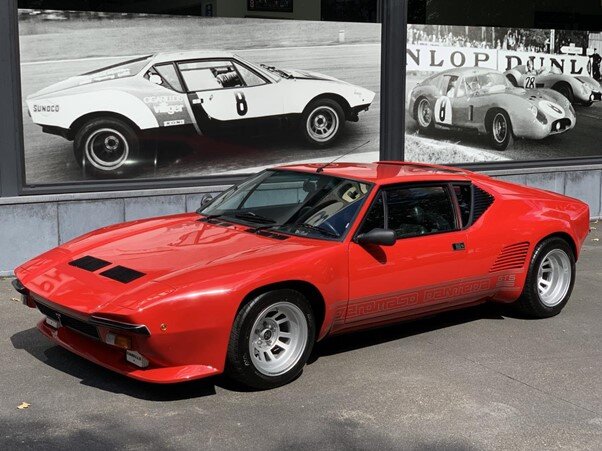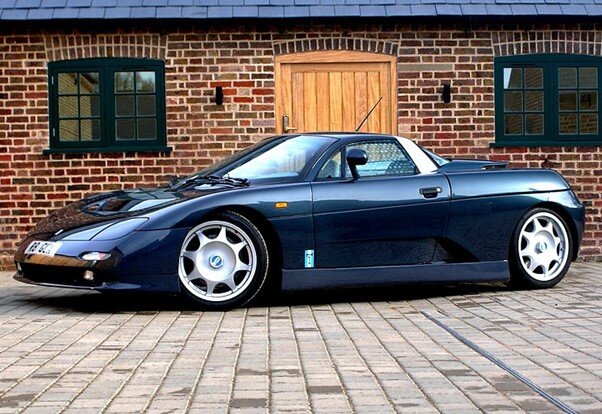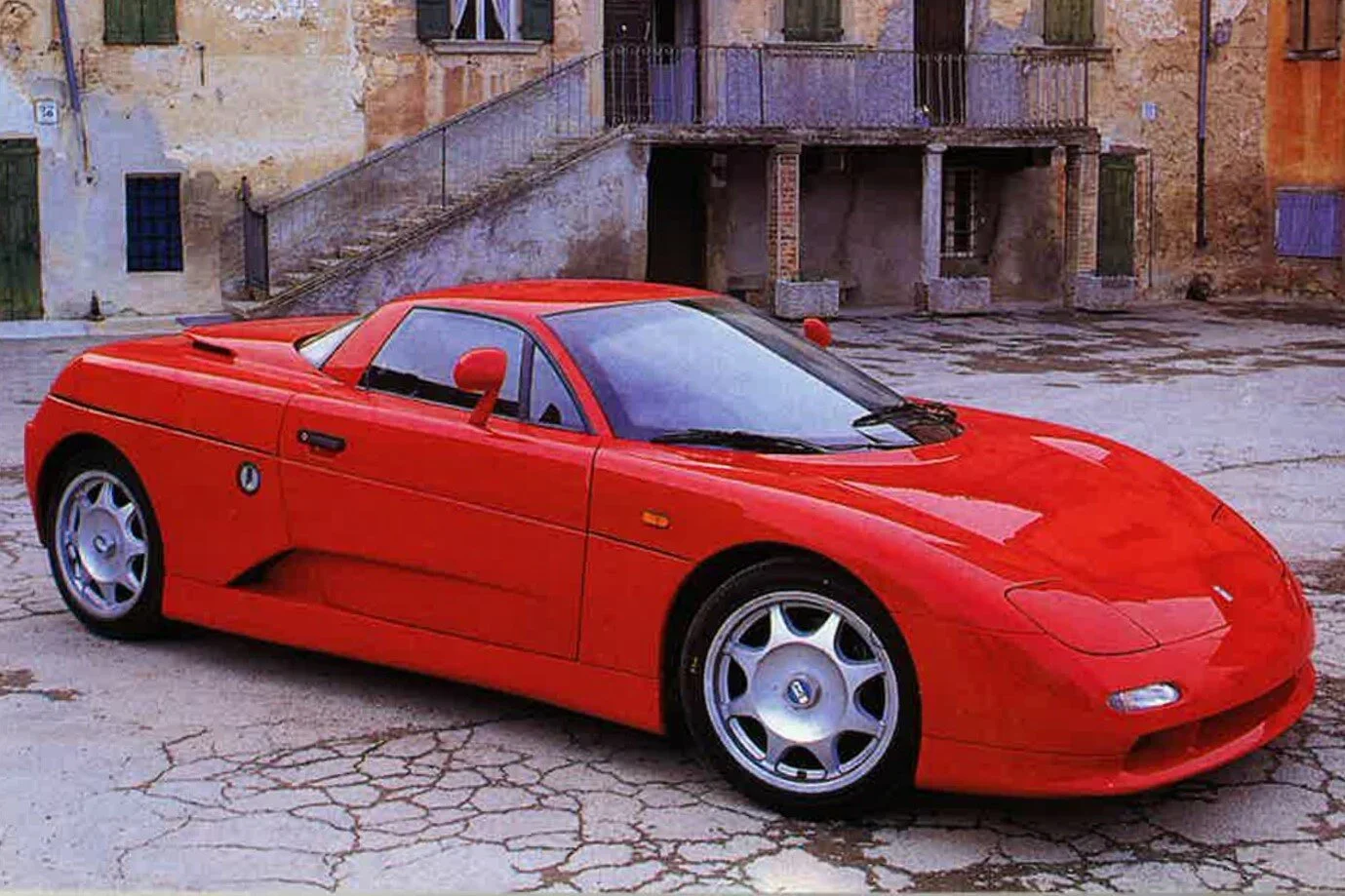Every car builder in Italy wanted to be the next Ferrari. Alejandro De Tomaso created a wonderful marriage between sleek Italian design and American horsepower.
Through the 1960s and into the 1970s, a breed of independent Italian carmakers, all of whom wanting to become the next Ferrari, created limited-production sports and grand touring cars. Not having the full resources from which to construct their cars from the ground up, they were able to take advantage of several resources available at the time.
Enter Alejandro De Tomasa, he was Argentine born with Italian lineage and grew up in Buenos Aries among a wealthy and politically influential family. His full name was Alejandro de Tomaso y Ceballos, he moved to Italy in 1955 to pursue a racing career in Europe.
Once settled in Modena he married Elizabeth Haskell, a wealthy American heiress, Elizabeth maintained her family’s interest in horse racing throughout her life Together the couple would venture into building racing cars in 1959, forming De Tomaso Modena SpA.
The early De Tomaso road cars included the Vallelunga and Mangusta, and in 1971 the company branched out into luxury four door saloons with the De Tomaso Deauville – but the car the company will always be remembered for is the Pantera – a mighty V8-engined supercar designed to compete with the best from Ferrari and Lamborghini, but at half the price.
De Tomaso needed cash to expand his business. The source was Elizabeth’s brother, Amory Haskell, vice president of an electronics manufacturer. With his American family’s money, De Tomaso went on a buying spree, purchasing among others styling house Ghia, coachbuilder Vignale, then later motorcycle manufacturer Moto Guzzi, Italian Mini license holder Innocenti, and the entire Maserati organization, saving the later from certain oblivion.
(L to R )Enzo Ferrari , Adolfo Orsi , Horacio Oagani , Ferruccio Lamborghini , Alejandro De Tomaso
The De Tomaso Mangusta was a major step up for De Tomaso. He needed a car with a broader appeal than the little Vallelunga. The Mangusta was a stunning, Ferrari-sized two-seat grand tourer propelled at first by a Ford 289, and later a 302, V8 engine (Italian for mongoose) A total of 401 Mangustas were produced.
(L to R ) De Tomaso Vallelunga 1965 , 1971 De Tomaso Mangusta
The name Pantera is Italian for “panther”, an indication of the vehicle’s sporting intent. A deal was finalized in September 1969, with Ford taking a 30% ownership in De Tomaso’s company. Ford chose the Lincoln-Mercury division to market the Pantera in the US, the goal being to offer a “halo car” that exceeded the C3 Corvette in design and performance. In June of 1970, Ford purchased the 50% share of the company held by Amory Haskell, who had died in a small plane crash in March of 1970.
1974 De Tomaso Pantera
There first series of Panteras were built from 1971 to halfway through 1972, when the upgraded Pantera L was introduced – that L stood for “Lusso”, the Italian word for “Luxury”. This new model had a black front bumper fitted to reduce lift at high speeds and meet new government regulations, it also incorporated a list of upgrades and improvements, making it as good oreven better than many of its Italian contemporaries. 1974 would see the introduction of the Pantera GTS, with all its chrome blacked out and new fender flares – this was the most aggressive looking of the early Panteras and it’s the car many see in their mind’s eye when they think of the model. All the early Panteras were fitted with Ford 351 Cleveland engines
Ford stopped importing the Pantera to the US after 1974, new regulations would have required the car be redesigned from scratch, which was never going to be cost effective. De Tomaso kept selling them in Europe and other world markets until 1996, a total of approximately 7260 were produced.
A series of unfortunate events led to De Tomaso never again seeing the success he had with the Pantera. Ford ended its partnership with De Tomaso in 1974.
De Tomaso also produced luxury cars, though in more limited quantities. Only 244 of the Deauville four-door saloon and 409 Longchamp two-door grand tourer models were produced. These were named after the French Deauville-La Touques and Longchamp horse racing tracks respectively, names suggested by Elizabeth. He went on to manufacture just 50 of the Guarà sports car before his crippling stroke in 1993. At that point, he sold Innocenti and Maserati to Fiat.
(L to R)1980 De Tomaso Longchamp Series 2 GTS , 1981 De Tomaso Deauville , De Tomaso Pantera 1985 , De Tomaso Pantera GT5-S 1988
De Tomaso died in Modena on May 21, 2003, having left an enduring mark on the Italian motor industry not just through the cars that bear his name, but also through his rescue and resuscitation of the now successful Maserati brand.
1998 De Tomaso Biguà 1996 De Tomaso Guara
But it pleases me that these prized vehicles have advanced in terms of enthusiast and market respect, value, and desirability. With prices steadily rising, many of the people sitting on an old Pantera are deciding if it is a good time to sell. Just how many are awaiting discovery is uncertain.



